By Film Noir Blonde and Mike Wilmington
The Film Noir File is FNB’s guide to classic film noir, neo-noir and pre-noir from the schedule of Turner Classic Movies (TCM), which broadcasts them uncut and uninterrupted. The times are Eastern Standard and (Pacific Standard).
Pick of the Week
“Shock Corridor” (1963, Samuel Fuller). 10 p.m. (7 p.m.), Saturday, March 29.
Reviewed in FNB on Nov. 16, 2011.
Friday, March 28
12:15 p.m. (9:15 a.m.): “The Racket” (1928, Lewis Milestone). The first movie version of playwright/screenwriter/Chicago crime reporter Bartlett Cormack’s tense play about the war of nerves between a tough, obsessed police captain and a brutal mob boss. With Thomas Meighan, Louis Wolheim and Marie Prevost. The movie was remade in 1951 at Howard Hughes’ RKO (by director John Cromwell), with Robert Mitchum and Robert Ryan.
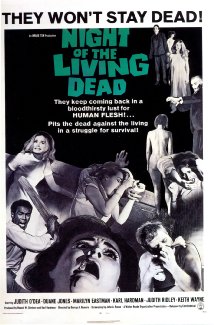 1:45 a.m. (10:45 p.m.): “Night of the Living Dead” (1968, George Romero). With a plague of blood-thirsty, lurching, relentlessly oncoming zombies rampaging all over the Pittsburgh area, a group of bickering and sometimes hysterical survivors barricade themselves in a suburban house near a graveyard, and try to survive the longest night of their lives. One of the most noirish – and certainly one of the scariest – of all low-budget horror classics, directed (and written) by George Romero with nerve-rending, savage black-and-white pseudo-realism and some macabre humor. Starring Duane Jones and Judith O’Dea.
1:45 a.m. (10:45 p.m.): “Night of the Living Dead” (1968, George Romero). With a plague of blood-thirsty, lurching, relentlessly oncoming zombies rampaging all over the Pittsburgh area, a group of bickering and sometimes hysterical survivors barricade themselves in a suburban house near a graveyard, and try to survive the longest night of their lives. One of the most noirish – and certainly one of the scariest – of all low-budget horror classics, directed (and written) by George Romero with nerve-rending, savage black-and-white pseudo-realism and some macabre humor. Starring Duane Jones and Judith O’Dea.
3:30 a.m. (12:30 a.m.): “What Ever Happened to Baby Jane?” (1962, Robert Aldrich). With Bette Davis, Joan Crawford, Victor Buono and Anna Lee. Reviewed in FNB on July 28, 2012.
Saturday, March 29
8 p.m. (5 p.m.): “His Girl Friday” (1940, Howard Hawks). With Cary Grant. Rosalind Russell, Ralph Bellamy, Gene Lockhart and John Qualen. Reviewed in FNB on Jan. 22, 2013.
10 p.m. (7 p.m.): “Shock Corridor” (1963, Samuel Fuller). See Pick of the Week.
12 a.m. (9 p.m.): “While the City Sleeps” (1956, Fritz Lang). The great film noir director Fritz Lang worked even longer in Hollywood than he did in Germany, and of all the pictures of his American career, his two favorites were reportedly the 1936 lynch-mob classic “Fury” (starring Spencer Tracy and scripted by Bartlett Cormack), and the lesser-known crime thriller “While The City Sleeps.” Set in a big metropolitan newspaper which is in the throes of transition and a possible take-over, the movie’s complex plot revolves around both the corporate battles at the paper, and the big news story that is consuming the city and the newsroom: a series of vicious serial slayings by an unknown psychopathic killer. It’s an engrossing melodrama, steeped in stark, boozy, big-city ’50s atmosphere.
The remarkable cast is headed by noir mainstays Dana Andrews and Ida Lupino (as star reporters). Andrews and Lupino bring a whole raft of urban noir memories along with them. So does the supporting cast of journalists, executives and crime-fighters, played by George Sanders, Vincent Price, Thomas Mitchell, Howard Duff, Rhonda Fleming, James Craig, Sally Forrest and Mae Marsh. The young leather-jacketed psycho-killer they’re after is played by John Barrymore, Jr. (aka John Drew Barrymore, John Barrymore’s son and Drew Barrymore’s dad.)
That all-star cast and Lang’s moody mastery of big-city tension and cynicism keep you on the hook. Though we wouldn’t rank this picture above “Scarlet Street” and “The Big Heat” (which Lang apparently did), it’s an underseen, underrated gem of film noir, hot off the presses, from the genre’s heyday.
12:15 p.m. (9:15 a.m.): “The Lady from Shanghai” (1948, Orson Welles). With Welles, Rita Hayworth, Everett Sloane and Glenn Anders. Reviewed in FNB on Dec. 26, 2013.
Monday, March 31
9 p.m. (6 p.m.): “On the Waterfront” (1954, Elia Kazan). With Marlon Brando, Eva Marie Saint, Lee J. Cobb, Karl Malden and Rod Steiger. Reviewed in FNB on Feb. 20, 2013.
3:30 a.m. (12:30 a.m.): North by Northwest” (1959, Alfred Hitchcock). With Cary Grant, Eva Marie Saint, James Mason and Martin Landau. Reviewed in FNB on Nov. 17, 2012.
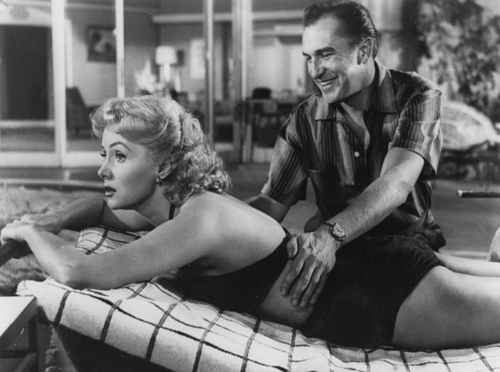






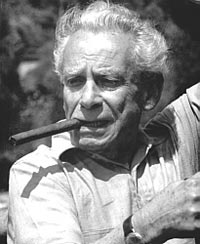

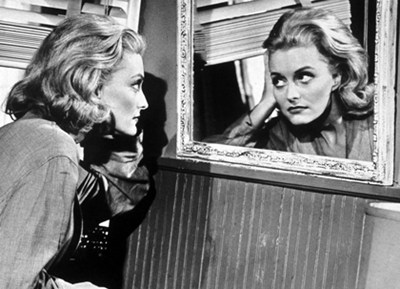
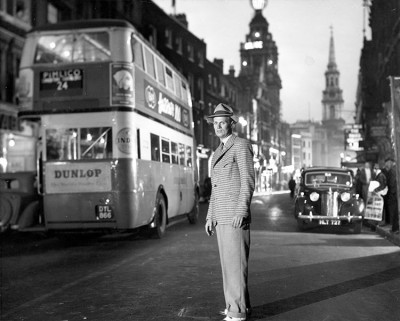
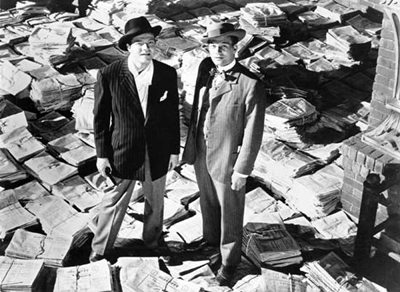
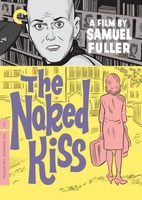
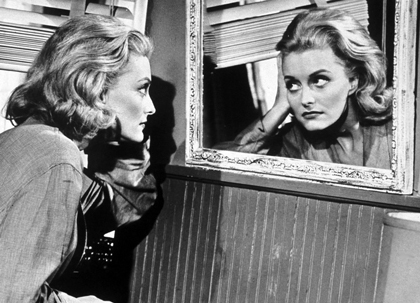
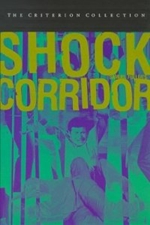
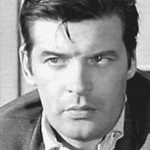
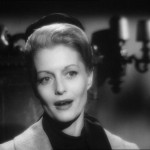
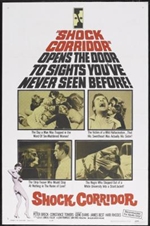





From FNB readers